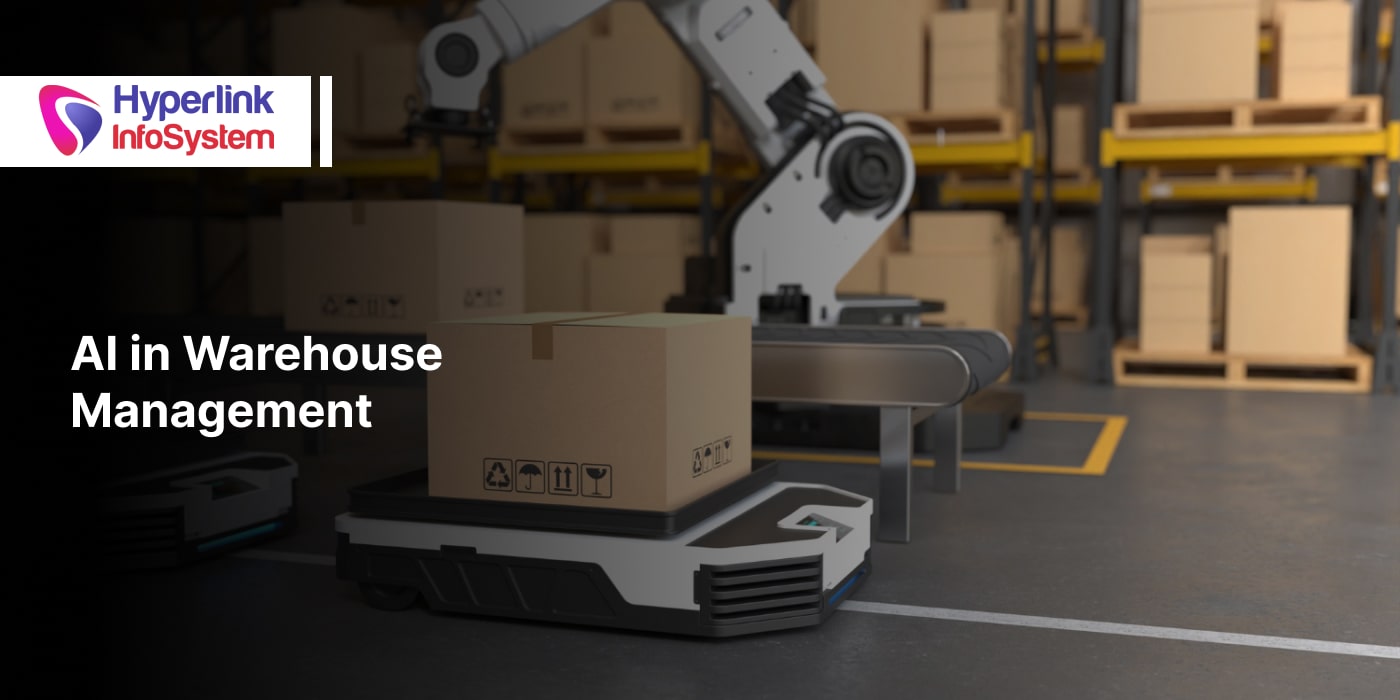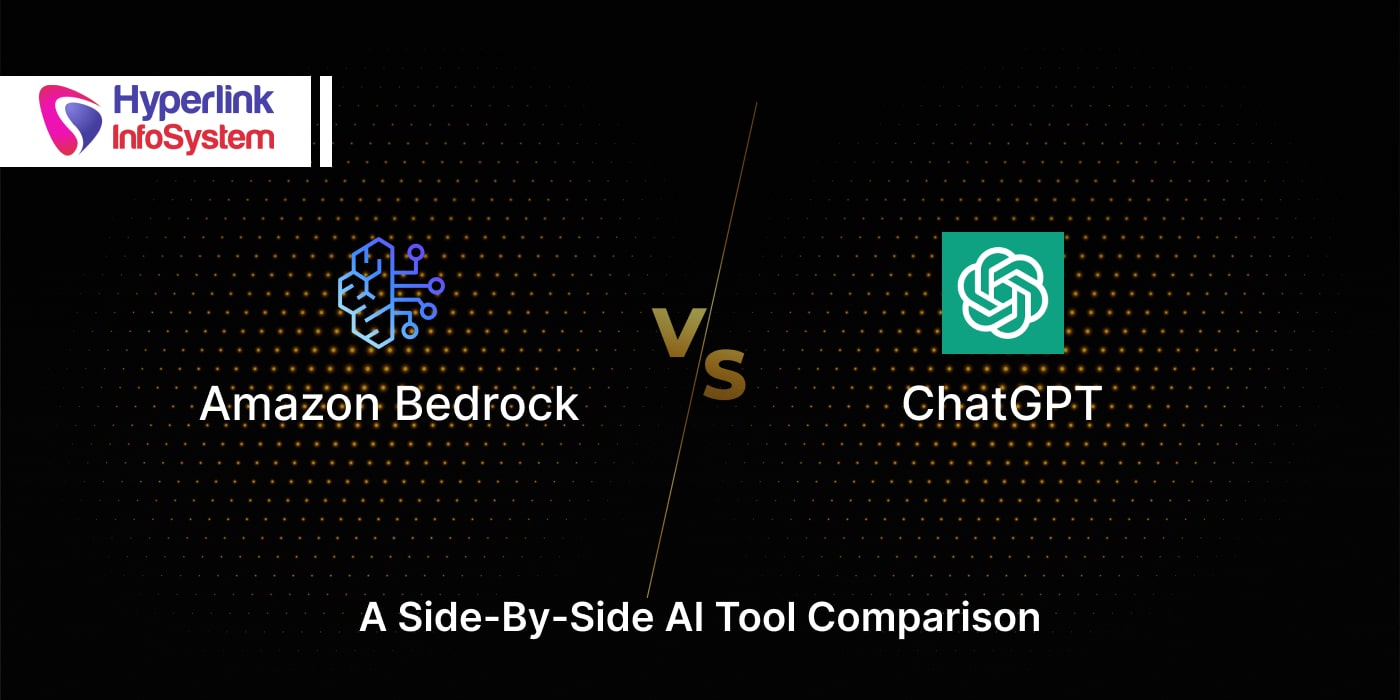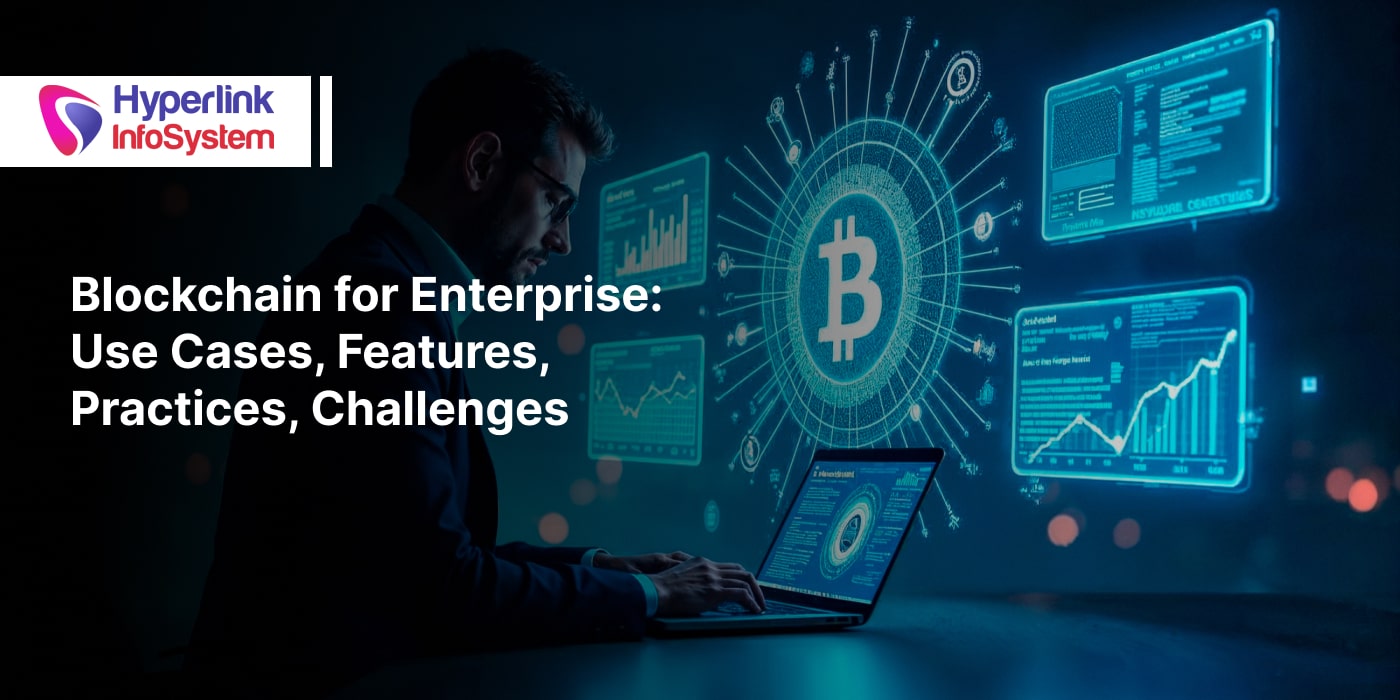Planning the architecture of your business application is one of the first steps you do after deciding on the sort of application you want. Using microservice frameworks, monolithic single applications are split into tiny ones. There are many different programming languages and frameworks that may be used to develop microservices. Their primary goal is the creation of various deployment models.
Continue reading for additional information about the most well-known microservices frameworks, their features, and a checklist for choosing the top microservice frameworks for your application.
Top 10 Microservices Frameworks
1) Spring Boot
Spring Boot is the most widely used and modern Java microservices framework for developing microservices.
Hire Spring Boot developers that can create a self-contained software architecture using Spring Cloud and Spring Boot that offers their code flexibility and robustness. Due to the absence of any significant competitors in the space, it now has 59.2k ratings on GitHub and is growing in popularity.
Developers may utilize Spring Initializr as of this microservices framework to rapidly launch their apps before putting them in JAR files. In terms of the time it takes to deploy modern applications, the embedded server model also has an advantage due to its capacity to allow speedy development. When several applications are being used, Spring Boot isn't the greatest framework solution.
2) Golang
The Go programming language has grown in popularity among software engineers that specialize in microservices as a result of Google's assistance and services. One of the simplest methods to develop microservices in the Go programming language is by integrating GoMicro.
Combining GoKit and GoMicro, which are designed exclusively for
creating microservices on Golang, one can easily establish a distributed architecture for any application. The fundamental building pieces needed to develop microservices applications are provided by this pluggable PRC library. Despite not being a framework in the conventional sense, it offers simple abstractions that are commonly used by developers to quickly manage the challenges of a distributed architecture.
3) Eclipse Vert.X
If you're looking for an event-driven microservices framework for custom software development., Eclipse Vert.X should be your first choice. Since the framework runs on a Java Virtual Machine, it is a fantastic choice for complex applications with a service-oriented design. In addition to Ceylon, Java, JavaScript, Groovy, Kotlin, and Java, this multilingual framework also supports others.
Vert.X, developed by the Eclipse Foundation, differs from traditional stacks and frameworks based on blocking I/O in that it has resource-efficient capabilities that can handle several requests simultaneously. Tasks can be finished in a constrained setting, especially in containers. Due to its versatility in composability and integrated features, which make it more of a highly scalable toolkit than a framework, Vert.X is best known as a microservice framework.
4) Quarkus
A Kubernetes native Java framework designed with OpenJDK HotSpot and GraavalVM in mind is Red Hat's Quarkus. The framework offers both an imperative and reactive programming paradigm to address the problems with microservices architecture.
The primary goal of the native Kubernetes container-first framework Quarkus has always been to maximize the speedy startup times (in the tens of milliseconds) for developers. The rapid startup time enables the automatic scaling of microservices on containers and Kubernetes. On the other side, low memory usage makes it possible for microservices, which independently launch many containers, to maximize container density.
5) Micronaut
Software developers are focusing their attention on Micronaut, one of the leading polyglot frameworks for creating modular and building microservices applications. The authors' intention was clear: rather than adding the necessary toolkits, they wanted to offer a full-stack environment with all the necessary features for a microservices architecture already included. The JVM-based full-stack framework gives programmers the ability to create modular apps.
The fact that a Micronaut's start time and memory use are independent of the size of the codebase is one of its best qualities. As a result, startup times, throughput, and memory footprint are all quicker.
6) Ballerina
In contrast to traditional microservices frameworks, Ballerina is a distributed programming language for building distributed systems. Ballerina's data-oriented, graphical, and concurrent architecture make it possible for software developers to design a decoupled system from the ground up. The goal is to create networking apps and systems that can provide networking services.
It is an open-source, cloud-native programming language. Developers may freely specify the program's service interfaces and use static typing since it is written in a structural style language.
7) Oracle Helidon
Because of its speedy and lightweight application development capabilities, Helidon is steadily gaining market share in the microservices sector. It is a free, open-source set of cloud-native Java libraries powered by Netty that can function on the quick web. The functional programming paradigm of the Helidon Reactive WebServer, which provides a user-friendly framework for microservices, is used in this package.
8) Lightbend Lagom
Lagom is an
open-source framework for creating microservices applications in Java or Scala. Akka and Play, two well-known, cutting-edge technologies that are already in use for a few of the anticipated applications, serve as the foundation for Lagom. In a single action, the project is built, your supporting modules and microservices are launched, and the Lagom architecture is started. When the build detects source code changes, it is immediately reloaded.
9) AxonIQ
Axon offers a single, effective technique for creating Java programs that may change without requiring extensive modification. Axon consists of a software system and a special architecture in order to offer business-ready support for the software system, in particular for the corporate software development process. Axon Framework and Axon Server, respectively, offer models and architecture.
10) GoMicro
The core building blocks required to develop microservices using the Go programming language are offered via a modular RPC-based framework called Go Micro. Go Micro complies with the criteria needed to build scalable systems. It turns the microservice architectural pattern into a collection of tools that serve as the system's framework. Micro helps programmers overcome the difficulties of parallel computing by providing them with simple representations they are already accustomed to.
Conclusion
As the demands for efficiency, productivity, delivery, and speed rise, modern systems become more dependent on microservices. Choosing the appropriate framework can be challenging for a
software development company since it is expensive to test it out in many scenarios. Microservices frameworks will increase in quantity and evolve over time.
























